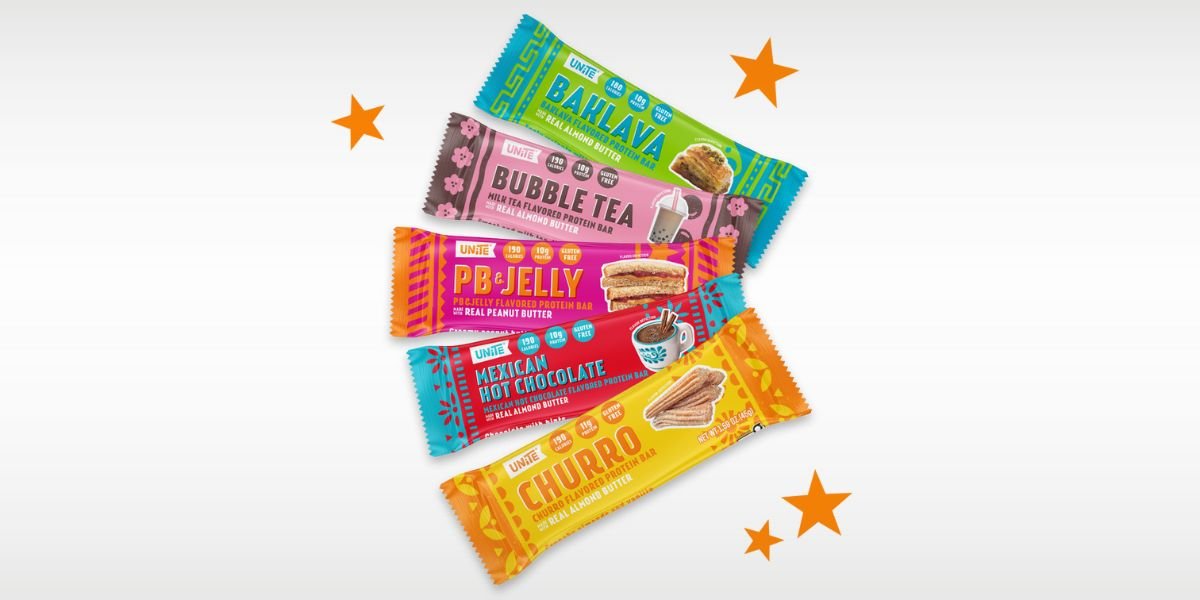By: Chelsea Robinson
Press releases are no longer just the dusty PDFs that reporters may overlook in their inbox. In 2025, they function more like mini landing pages—complete with schema markup, conversational FAQs, and strategic internal links—that feed Google AI Overviews, ChatGPT, Claude, and Perplexity at the same time. Leading this evolution is Grow Wild Agency, a five-person Vancouver-based boutique co-founded by Kaden Ewald (Partner, Head of Marketing Strategy & System Engineering) and Jasmine Bayani (Partner, Head of Systems & Automations). Together, they have developed a press-release optimisation process that has shown the potential to outperform much larger competitors.
Why Strategy + Engineering Can Be More Effective Than Sheer Size
Ewald has crafted the market narrative: he maps positioning, angles, and distribution timing. Bayani translates those strategies into code—automating keyword extraction, crawl-speed tracking, and backlink routing. The result is a “micro-team flywheel.”:
- Live-SERP ingestion — A Python crawler scrapes People-Also-Ask, AI Overview snapshots, and Reddit question clusters every six hours.
- Intent clustering — Vector embeddings group phrases like “press release SEO schema” with adjacent queries such as “structured data for NewsArticle.”
- Guided brief — A GPT-4o agent drafts headlines, sub-heads, and FAQ prompts, with editors adding the final touch.
- Precision distribution — Releases target 40–60 outlets ranked by both domain authority and answer-engine propensity.
- Reinforcement loop — Crawl latency, backlink velocity, and CTR are measured; successful tactics feed the next release.
Ewald summarises the approach: “We write like journalists, engineer like dev-ops, and measure like growth hackers.”
The 2025 Rulebook in Five Moves
- Intent-first keyword mapping: Avoid focusing solely on volume charts. Instead, address conversations users are having in AI chat boxes. A typical Grow Wild release includes 12–20 long-tail questions woven naturally into body copy and FAQs.
- Structure for humans and bots:
- Headlines: ≤ 70 characters; lead with value, rather than sensationalism.
- Body: 300–500 words organized with H2/H3 cadence.
- Schema: NewsArticle JSON-LD plus SpeakableSpecification for voice devices.
- Accessibility: Descriptive alt tags and 140-character captions.
- Headlines: ≤ 70 characters; lead with value, rather than sensationalism.
- Link equity that sticks: Mix branded, exact-match, and descriptive anchors. One anchor always points back to a deep, evergreen resource—e.g. the agency’s detailed Press-Release SEO Valuable Practices guide—so authority extends beyond the news page.
- Smart distribution sequence: Grow Wild scores outlets on three axes: topical relevance, domain authority, and “SERP echo” (how often ChatGPT or Perplexity cites that source). Tech or industry trades publish first for topical relevance; regional outlets follow for geo signals; wire services bring scale last.
- Measure, iterate, repeat: The team treats every press release as an experiment. A dashboard tracks time-to-index, answer-box capture, and anchor-text diversity. Under-performing releases undergo “post-mortem rewrites” within 48 hours—often reclaiming page-one positions.
Case Snapshot: B2B SaaS
A cloud-monitoring startup issued a launch release through Grow Wild in February:
- 412 backlinks in 21 days (31% DA 60+)
- Featured Snippet plus AI Overview citation for “real-time cloud log monitor.”
- 14% free-trial sign-up rate attributed to press-release traffic
The key was an FAQ block that answered, “How does a press release improve SEO rankings?”—a query that ChatGPT surfaced verbatim two weeks later.
Kaden’s Engineering Edge
Beyond messaging, Ewald’s system-engineering role ensures the release is hosted on a lightning-fast subdirectory, compressed via Brotli, and served through Cloudflare APO. First Contentful Paint averages 0.9 seconds on mobile—a crucial metric now that Google’s Core Web Vitals influence its AI scoring. Ewald also maintains a custom robots.txt matrix that allows desired crawlers in while managing bandwidth-heavy scrapers:
- GPTBot, ClaudeBot, PerplexityBot = full access
- Google-Extended = index + snippet, no archive
- Amazonbot, Applebot-Extended = delayed crawl rules
These settings are directly informed by Grow Wild’s public walkthroughs, such as the GPTBot and ClaudeBot robots.txt guides.
Future-Proofing with Schema
Ewald suggests that major answer engines may soon use “answer tokens,” rewarding publishers who provide structured data with prominent placement. “Schema is becoming increasingly important,” he says. “If you can’t be parsed, it’s unlikely you’ll see substantial promotion.”
Ready to Turn News into Evergreen Authority?
Consider booking a strategy call at Grow Wild’s site; Ewald and Bayani personally review your next release and provide a custom checklist.








